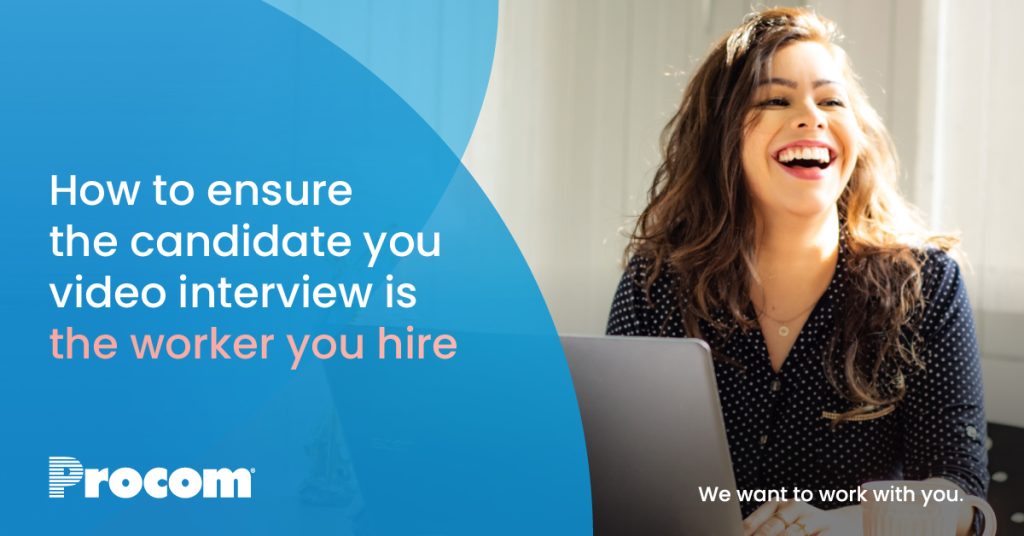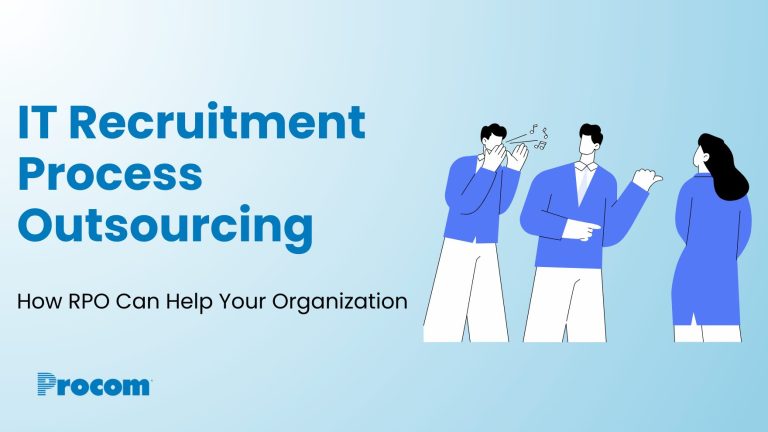In today’s new world of work, it’s more important now than ever to avoid the costs associated with a bad hire – a number that the U.S. Department of Labor estimates to be 30 per cent of that worker’s first year earnings. Yet, as video interviews have become the primary tool for screening candidates, recruiters and hiring managers are faced with a whole new slew of challenges when virtually finding the right fit, ranging from lip synching candidates to proxy representation.
It’s a competitive job market and employers are noticing that some unqualified candidates are getting crafty when it comes to video interviews.
When conducting a video interview and qualifying skills, experiences and identities, here are some red flags to look for in order to avoid the costs of a bad hire and ensure the candidate you interview is the worker you engage.
The candidate’s video camera isn’t on during the video interview or is ‘broken’
The first step in the job interview process in a telephone interview to assess whether the candidate has the skills and experience required to proceed to the in-person interview. However, the in-person interview has quickly reverted to video interviews… which require video. If the candidate cannot use a camera on their laptop, desktop or smart phone, it could indicate they are either unprepared for the video interview, or the interviewee isn’t the same individual who applied.Does the voice you hear match the mouth of the person speaking on the video interview?
Does it appear as though the candidate is lip synching during the video interview or attempting to hide or cover their mouth? This may be because the person you see on camera is not the person you are speaking to. The individual on the video may be the candidate who applied (and can provide their I.D), but there could be a third person off-screen who is the individual answering the questions.The candidate cannot produce photo ID during the video interview
During the job interview process, it’s important to conduct a social media search on the candidate for many reasons – one being to check and confirm an identity. Does the candidate’s appearance match their LinkedIn profile and social media profile photos? Prior to the video interview, you can request a copy of the candidate’s I.D with scrubbed out privacy information. Employers can also check and confirm a candidate’s identity during a video interview by simply asking him or her to hold up a piece of photo ID.Does the candidate have a LinkedIn profile?
LinkedIn is the number one professional networking platform in the world, and recruiters are not only using the platform to source and engage candidates, they’re also looking to confirm candidates’ employment history and skill sets. If a candidate doesn’t have LinkedIn, it may be because he or she doesn’t have the professional background cited on their resume. Does the candidate have a LinkedIn profile, but no photo? During the video interview, ask the candidate to show their photo ID.Is the candidate making direct eye contact during the video interview?
Sixty seven per cent of hiring managers agree that a lack of eye contact is the biggest mistake a candidate can make. During video interviews, if a candidate is often breaking eye contact, it could demonstrate that he or she isn’t as confident about their candidacy, or they could also, in fact, be reading answers to your interview questions off another screen or taking interview directions from a third person via chat.Is the candidate typing or do you hear typing during the video interview?
Similar to an in-person interview, the candidate should be sitting with good posture and focused on the interviewer. If the candidate appears to be typing, or if you detect the sound of tapping keys, it could indicate that the candidate is Googling or reaching out to a third person for answers or guidance.Has the candidate worked for recognizable organizations?
It’s important to not only validate skills and experience during the video interview but also past employers as well. Do the organizations on the candidate’s resume have locations in the areas the candidate claimed to work? Rather than simply checking references listed on their resume, verify past employment by calling the organization’s Human Resources departments. Sourcing, screening and engaging candidates in an uncertain workforce is a challenge, but a well-executed video interview should provide the same insights as an in-person interview. The Voice of Talent: Return to the Office Report Procom recently surveyed over 1,000 knowledge workers to discover how and where they prefer to work as offices re-open across North America. The Voice of Talent Report offers actionable insights into what workers expect in relation to mandatory vaccinations, remote work preferences, The Great Resignation, COVID-19 safety measures and more.Ready to connect?





